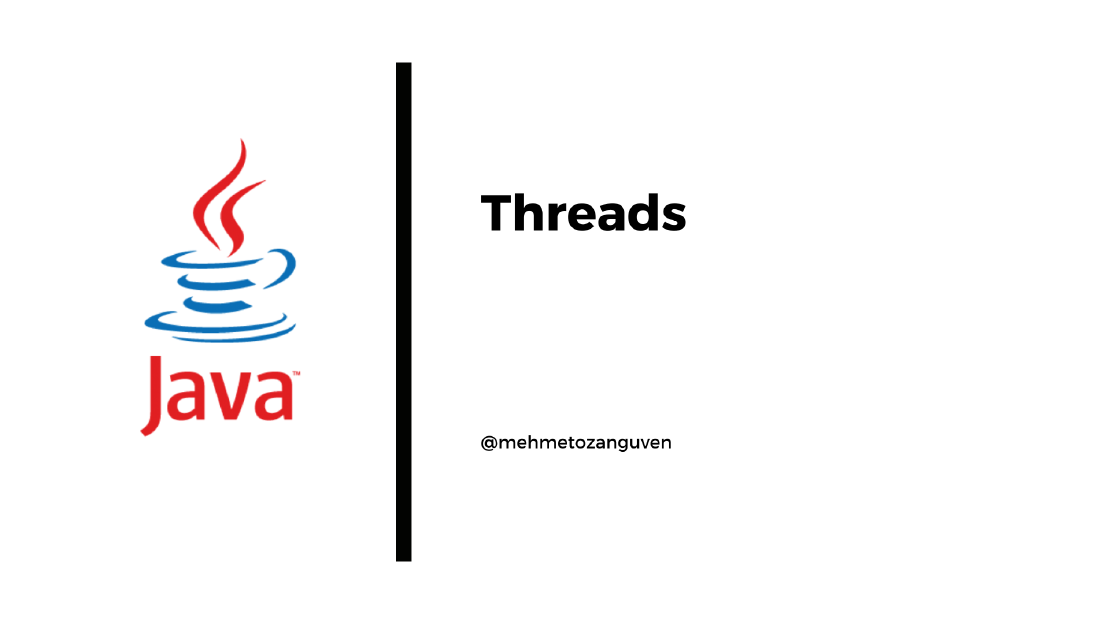
Threads in Java
Like people, computers can multitask. They can be working on several different tasks at the same time. A computer that has just a single central …

You want to add & use simple cache in your application via hash map, but also you want your cache to remove automatically expired values(expiration timeout determined by you when you created the hashmap).
For me, I also needed simple cache with like yours requirements.
Then I just wrote java class(es) to create a new simple cache(using hashmap) with expiration(time-to-live) feature.
Key point is that wrap your cache items with another object called CacheValue includes LocalDateTimefield
Let’s start with the interface. Our simple cache must implement the following methods:
public interface SimpleCache<K, V> {
void clearAll();
boolean hasKey(K key);
Optional<V> get(K Key);
void put(K key, V value);
void remove(K key);
long getMaxSize();
String getCacheName();
}
Here is the practical implementation:
public class SimpleExpiredCacheImpl<K, V> implements SimpleCache<K, V>
{
private static final Logger logger = LoggerFactory.getLogger(SimpleExpiredCacheImpl.class);
private static final String DEFAULT_CACHE_NAME = SimpleExpiredCacheImpl.class.getSimpleName();
private static final long DEFAULT_CACHE_TIMEOUT = 60000L; // one min in ms
private static final long DEFAULT_MAX_SIZE = 100000L;
private Map<K, CacheValue<V>> simpleCache;
private final String cacheName;
private final long cacheTimeout;
private final long maxSize;
public SimpleExpiredCacheImpl()
{
this(DEFAULT_CACHE_NAME, DEFAULT_CACHE_TIMEOUT, DEFAULT_MAX_SIZE);
}
public SimpleExpiredCacheImpl(String cacheName, long cacheTimeout, long maxSize)
{
this.cacheName = cacheName;
this.cacheTimeout = cacheTimeout;
this.maxSize = maxSize;
this.simpleCache = new HashMap<>();
logger.info("Cache: '{}' with maxSize: {} and timeout: {} was created.", cacheName, maxSize, cacheTimeout);
}
@Override
public void clearAll()
{
this.simpleCache.clear();
}
@Override
public boolean hasKey(K key)
{
return this.simpleCache.containsKey(key);
}
@Override
public Optional<V> get(K key)
{
CacheValue<V> cachedItem = this.simpleCache.get(key);
if (cachedItem == null)
{
return Optional.empty();
}
else if (isCacheValueExpired(cachedItem))
{
remove(key);
return Optional.empty();
}
else
{
return Optional.of(cachedItem.value);
}
}
@Override
public void put(K key, V value)
{
if (this.simpleCache.size() > getMaxSize())
{
logger.warn("Cache: '{}' size reached to its max size: {}. Clearing the cache", getCacheName(), getMaxSize());
this.clearAll();
}
CacheValue<V> cacheValue = new CacheValue<>(value, cacheTimeout);
this.simpleCache.put(key, cacheValue);
}
@Override
public void remove(K key)
{
this.simpleCache.remove(key);
}
@Override
public long getMaxSize()
{
return this.maxSize;
}
@Override
public String getCacheName()
{
return cacheName;
}
private boolean isCacheValueExpired(CacheValue<V> value)
{
LocalDateTime expiryDate = value.expiryDate;
return LocalDateTime.now().isAfter(expiryDate);
}
// Wrapper for cache items
private static class CacheValue<V>
{
public final V value;
public final LocalDateTime expiryDate;
public CacheValue(V value, long cacheTimeoutInMs)
{
this.value = value;
this.expiryDate = LocalDateTime.now().plus(cacheTimeoutInMs, ChronoUnit.MILLIS);
}
}
}
Before putting the item(s) to the cache, we are wrapping with the new object called CacheValue which includes expiration date = now + expirationInMs.
And also while getting element from the cache:
If it is not found, then we are just returning Optional.empty();
If it is found, then we are just checking item in the cache expired or not. If it is expired, we are deleting that record and returning Optional.empty, otherwise we are just returning the item
To check, whether item in the cache is expired or not, we are just running one line of code:
LocalDateTime.now().isAfter(expiryDate);
You may also remove all the expired keys while you are putting new item in the cache. However iterating over all hashmap may lead to the performance issue. That’s why I decided to check expiration date in the get method.
At the end, you can use this simple java classes to create simple cache in your application.

Like people, computers can multitask. They can be working on several different tasks at the same time. A computer that has just a single central …

Almost every blog(s) on the Internet for caching operation in the Spring Boot are using @Cacheable, @CacheEvit, @CachePut vs… In this blog we …